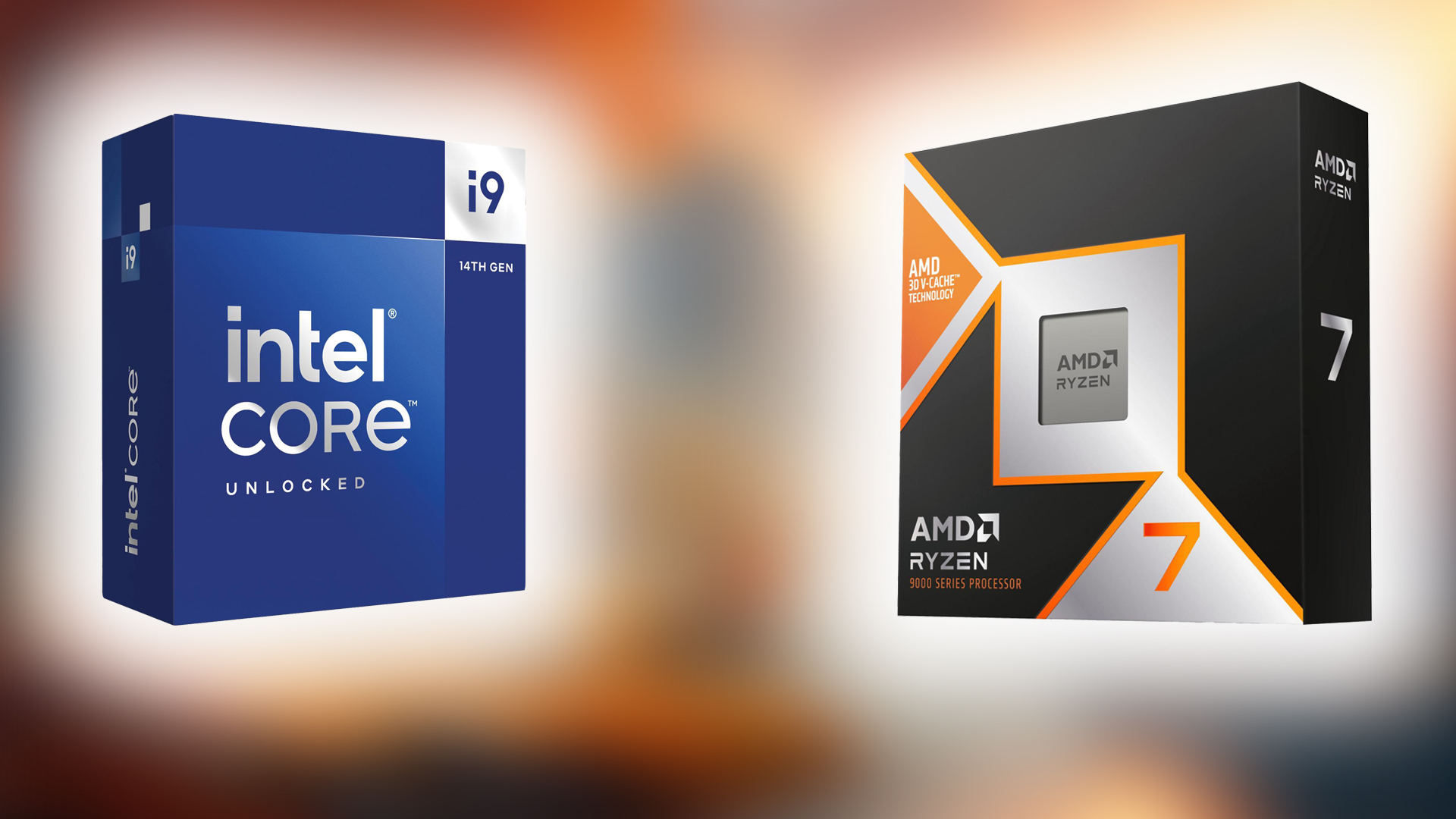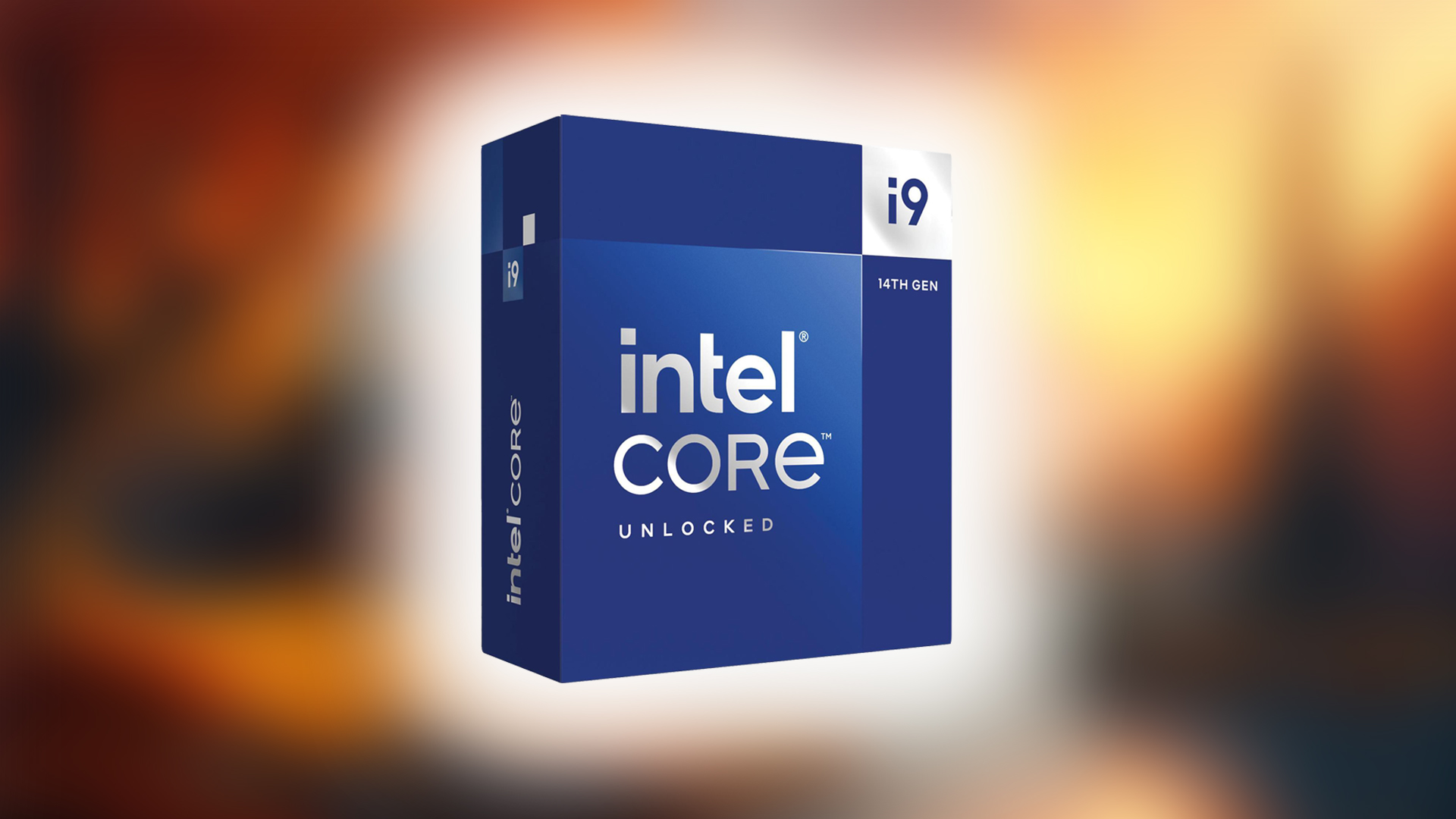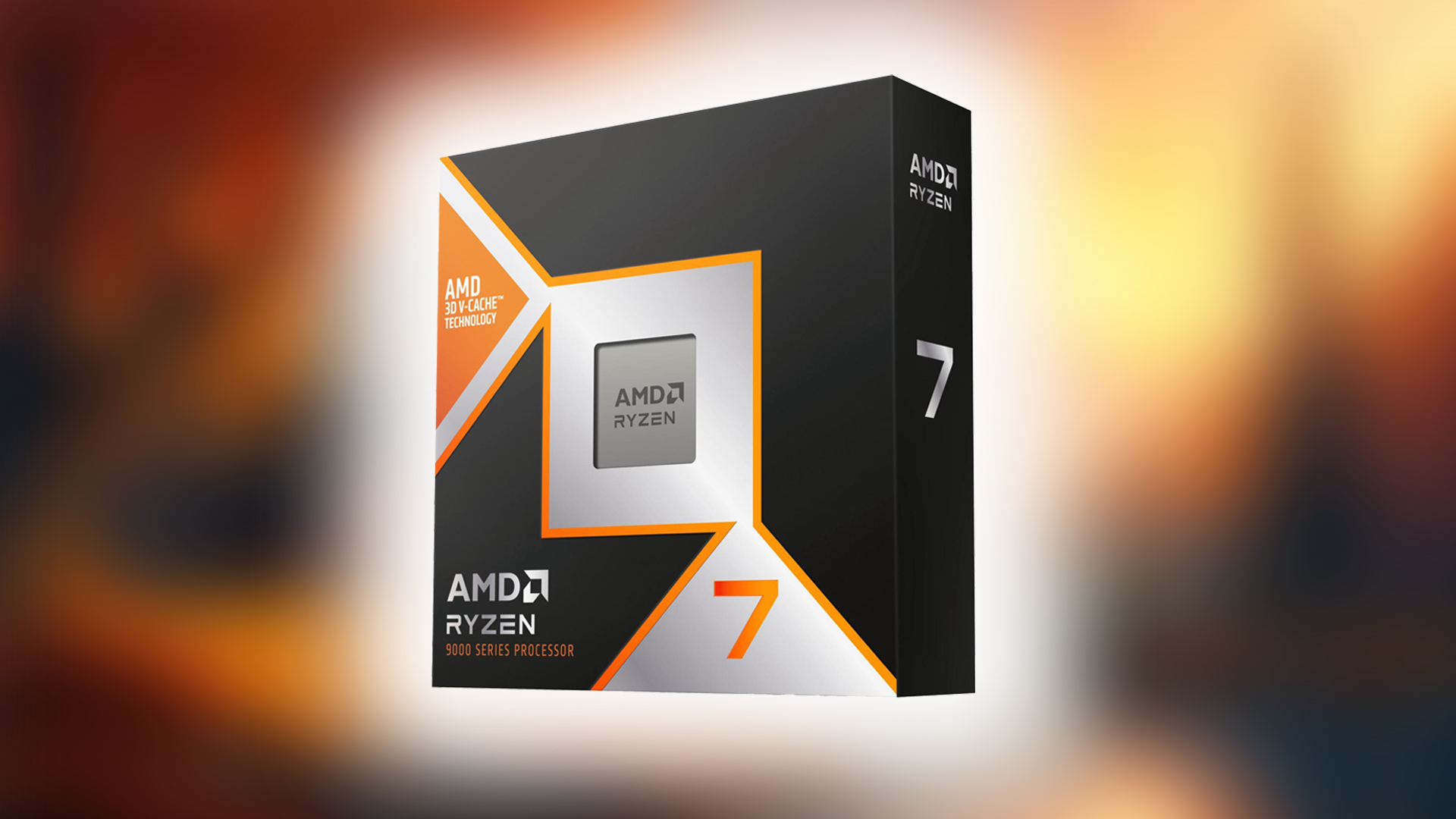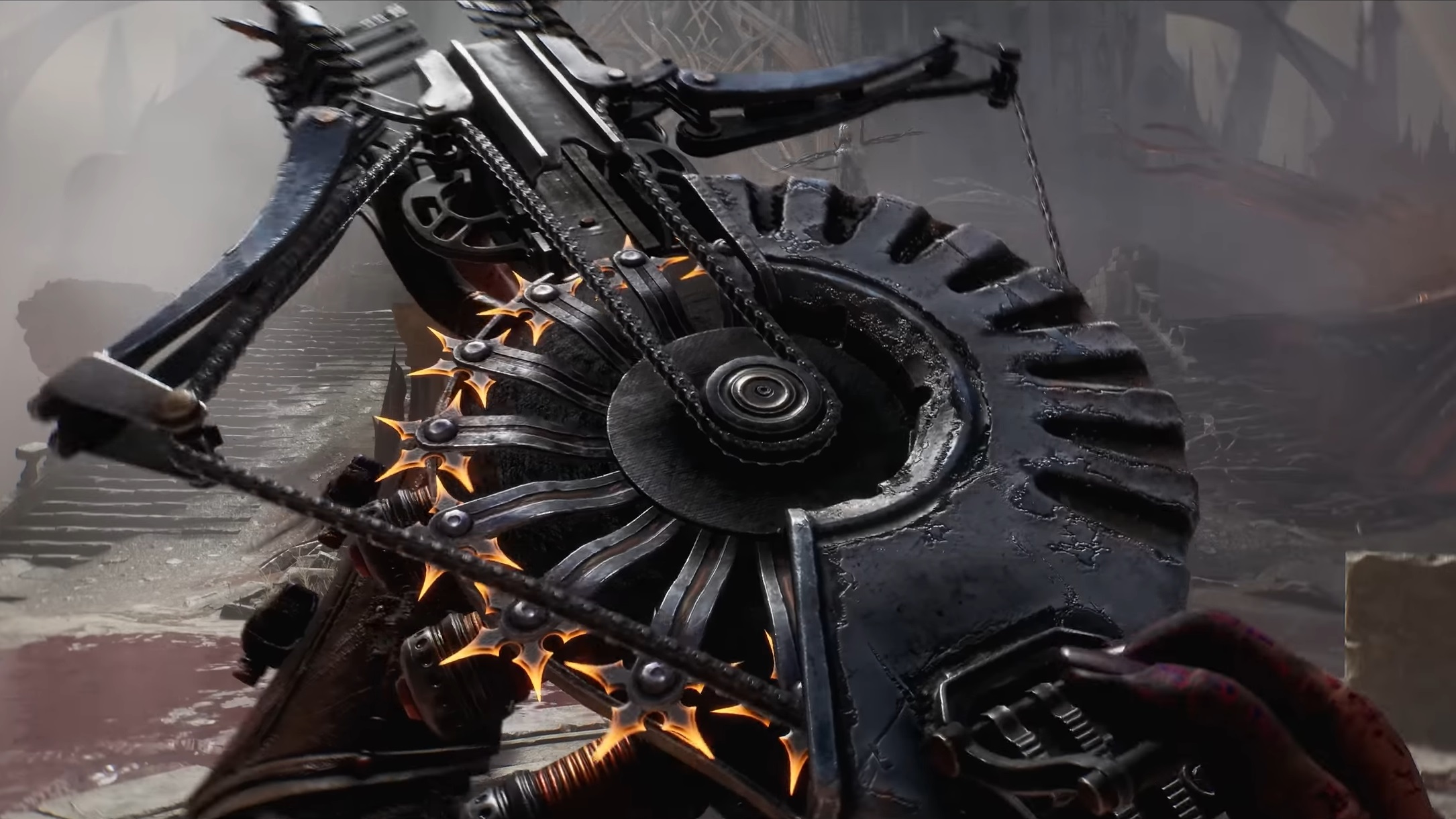Are you curious about how the Intel Core i9-14900K stacks up against the mighty AMD Ryzen 7 9800X3D? Let’s explore.

Since the launch of Zen 3 (Ryzen 5000 series), AMD has been giving Intel a run for its money. Initially, Zen 3 caught up to the Intel – IPC advantage and came close in gaming performance. AMD really outdid themselves with the Zen 3 Series. Unfortunately, while Intel was generally faster in some tasks, AMD significantly gained market share, which forced Intel to quit its 14nm+++ trend and innovate.
With Zen 3’s immense pressure came Alderlake (Intel 12th Gen) and the revival of their tick-tock approach to being on top of everything again. Raptor Lake was the 13th gen, and this is Raptor Lake Refresh (14th Gen). With Zen 5 (Ryzen 9000 Series), we know Intel is no longer the fastest. Not even with the newest Core Ultra Series.
In this article, we will discuss the key differences between the 14900K and 9800 X3D, such as performance expectations, architectural design, price, and target markets for the two CPUs, to help you make an informed decision. Whether you’re a gamer, content creator, or someone who seeks the absolute best CPU overall. You will be intrigued by our findings.
Note: Specifications are based on official manufacturer data. Verify compatibility with your hardware before purchasing. Pricing is subject to change. We have provided retail pricing from Newegg as of 22nd March 2025.
Intel Core i9-14900K vs AMD Ryzen 7 9800X3D – Design, Strengths, Performance and Tradeoffs
Intel Core i9-14900K

- Structure – Monolithic Design. Built on a single silicon die with all components (cores, cache, IGPU) integrated.
- Core Configuration – Hybrid Core architecture with 8 Performance (P) cores and 16 Efficiency (E) cores (24 cores / 32 threads total).
- Manufacturing – Intel’s 10nm (Intel 7) process node.
Strengths:
- Multi-Threaded Workloads – Offers incredible multithreading capabilities and supports Intel QuickSync for seamless video editing.
- DDR4/DDR5 Support – Users can pick up an old Z690 motherboard at dirt-cheap prices, drastically reducing platform costs.
- Turbo Boost – Up to 6.0 GHz on P-cores for short bursts.
- Intel Thread Director
- Intel DTT (Dynamic Tuning)
- It comes at a stellar price of just $432
Weaknesses:
- High power draw, even when gaming (up to 253W on titles such as Cyberpunk 2077 and other RayTracing titles, which hammer CPU usage)
- LGA1700 is the 14900K’s last compatible socket. The most recent one for Arrow Lake is LGA 1851.
- Potential oxidation issues will require advanced tweaking, which the average user might want to avoid.
- Requires a high-performance 360mm AIO to run without thermal throttling.
AMD Ryzen 7 9800X3D

- Structure – Uses chiplet design. CCD (Core Complex Die): Contains 8 Zen 5 CPU cores and an I/O Die, which handles connectivity (PCIe, memory controllers).
- 3D V-Cache – Stacked 96MB L3 cache placed below the CCD for improved thermal management.
- Manufacturing – Built on TSMC’s 4nm process node.
Strengths:
- 3D V-Cache reduces latency in CPU-bound games and provides the best gaming performance (e.g., simulations, strategy titles, such as factorio and heavy-raytracing titles).
- It has a lower base power draw and can be run with a decent air cooler (120W TDP) vs. Intel (253W+).
- It is the only CPU to run an RTX 5090 swiftly without any bottlenecks.
- AM5 socket support will be available until 2027, allowing future CPU upgrades.
Weaknesses:
- Severely trails behind the 14900K in terms of multithreading capabilities.
- Falls short of productivity tasks, such as video editing due to lack of Intel QuickSync.
- AM5 motherboards (e.g., X870) are typically pricier than Intel’s LGA1700 options.
- $479 for a gaming CPU? Seriously?
Final Verdict
If you need the ultimate multithreading below $500 for tasks like video editing, streaming, and content creation, 14900K is the choice. It has Intel QuickSync and ridiculous turbo speeds, which you could literally show off to your friends. Intel offers an all-rounder with the 14900K, whereas AMD provides the ultimate gaming beast at a similar price point.
We have summarized the specs of both CPUs so that you can clearly understand what you are getting.
| Feature | Intel Core i9-14900K | AMD Ryzen 7 9800X3D |
| Architecture | Hybrid (P+E Cores) | Chiplet with 3D V-Cache |
| Core/Thread Count | 24C / 32T (8P+16E) | 8C / 16T |
| Base Clock | 3.2 GHz (P-core) | 4.2 GHz |
| Boost Clock | 6.0 GHz (P-core) | 5.4 GHz |
| Cache (L3) | 36MB | 96MB (3D V-Cache) |
| Manufacturing Process | Intel 7 (10nm) | TSMC 4nm |
| TDP (Base / Boost) | 125W / 253W | 120W |
| Socket Compatibility | LGA 1700 (Last-gen) | AM5 (Supported till 2027) |
| Memory Support | DDR4 / DDR5 | DDR5 |
| PCIe Support | PCIe 5.0 | PCIe 5.0 |
| Integrated Graphics | Intel UHD 770 | RDNA 2 (2 CUs) |
| Price (as of March 22, 2025) // Newgg.com | $432 | $479 |
Looking For More Related to Tech?
We provide the latest news and “How To’s” for Tech content. Meanwhile, you can check out the following articles related to PC GPUs, CPU and GPU comparisons, mobile phones, and more:
- 5 Best Air Coolers for CPUs in 2025
- ASUS TUF Gaming F16 Release Date, Specifications, Price, and More
- iPhone 16e vs iPhone SE (3rd Gen): Which One To Buy in 2025?
- Powerbeats Pro 2 vs AirPods Pro 2: Which One To Get in 2025
- RTX 5070 Ti vs. RTX 4070 Super: Specs, Price and More Compared
- Windows 11: How To Disable Lock Screen Widgets
 Reddit
Reddit
 Email
Email


